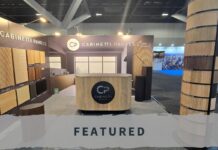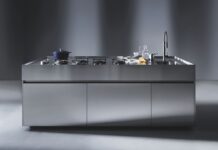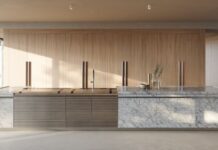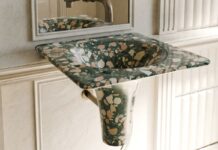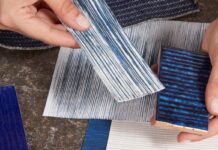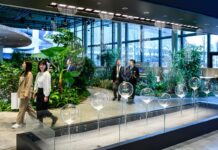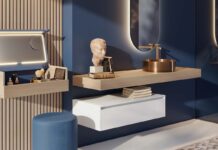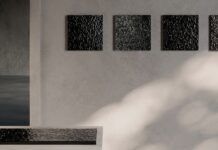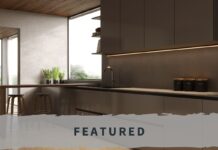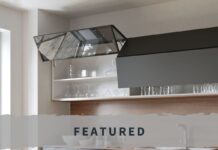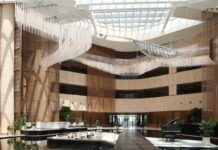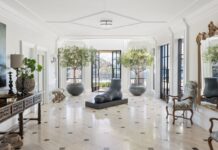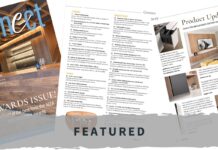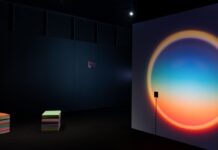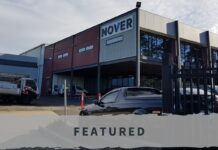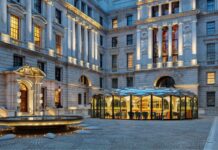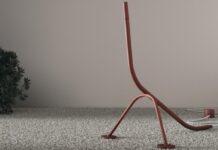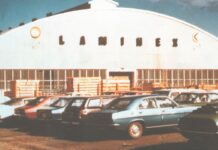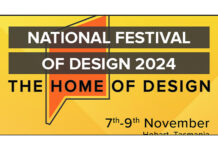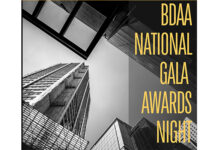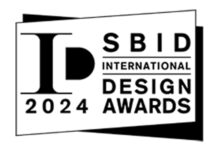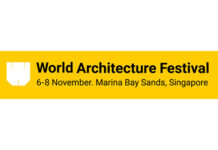Blue Line Park, designed by Migliore+Servetto Architects, is a redevelopment project for a waterfront area that runs along 5km of abandoned railway in the South Korean city of Busan. Home to 3.5million inhabitants, Busan is the second most populous city in South Korea and extends along the south-eastern coast of the peninsula.
 For the design of this vast area – construction of which will begin in 2019 – the architects worked on different narrative levels in order to provide a new waterfront for the city, and at the same time offer visitors a diverse range of activities that will engage users of different ages and interests.
For the design of this vast area – construction of which will begin in 2019 – the architects worked on different narrative levels in order to provide a new waterfront for the city, and at the same time offer visitors a diverse range of activities that will engage users of different ages and interests.
 Blue Line Park is the place where the city is reconciled with the natural landscape, thanks in part to a targeted use of technology and sound design, as well as a new and fascinating cultural hub for events, concerts and collective activities.
Blue Line Park is the place where the city is reconciled with the natural landscape, thanks in part to a targeted use of technology and sound design, as well as a new and fascinating cultural hub for events, concerts and collective activities.
 Blue Line Park features two main entrances, with two new urban squares that serve as a junction with the city. On one side, the narrow side streets of the district, densely packed with artisanal businesses, flow into Mipo Square, while on the other side, the multifunctional space emerges near the old terminal of Songjeong railway station.
Blue Line Park features two main entrances, with two new urban squares that serve as a junction with the city. On one side, the narrow side streets of the district, densely packed with artisanal businesses, flow into Mipo Square, while on the other side, the multifunctional space emerges near the old terminal of Songjeong railway station.
The “Islands of Listening” are fully fledged sound installations, aimed at connecting visitors with the natural element that surrounds them: the “Wind Installation” entrusts light bamboo rods with the task of restoring the voice of the wind to visitors; “Listen to the Sea” places visitors in dialogue with the marine environment through large ear drums that act as a sounding board for the echo of the sea; “Play the Symphony” encourages active participation through the creative use of an element from Korean tradition, the typical metal bowls transformed into percussion instruments that can play the entire musical scale.
 In the “Islands of Knowledge”, technology becomes a means of creating awareness of the geographical qualities of the area. Migliore+Servetto shall create moments of rest and knowledge here. The “Florarium” is a sort of digital library dedicated to the local flora, characterised by long corten steel and wood benches. The “Algae Pavilion” in the heart of the park is an exhibition pavilion, but also an iconic structure that strongly refers to local tradition. Its external covering changes in appearance as the atmospheric conditions change, making a real landmark within the park.
In the “Islands of Knowledge”, technology becomes a means of creating awareness of the geographical qualities of the area. Migliore+Servetto shall create moments of rest and knowledge here. The “Florarium” is a sort of digital library dedicated to the local flora, characterised by long corten steel and wood benches. The “Algae Pavilion” in the heart of the park is an exhibition pavilion, but also an iconic structure that strongly refers to local tradition. Its external covering changes in appearance as the atmospheric conditions change, making a real landmark within the park.
 Finally, the “Islands of Encounter” are places designed to accommodate extended moments in which people come together and share, and serve as hubs for activating the park life.
Finally, the “Islands of Encounter” are places designed to accommodate extended moments in which people come together and share, and serve as hubs for activating the park life.
The “Rainbow Tunnel” is an area of transit that can turn into an evocative location for concerts and events, with coloured windows that acting as a filter for the external landscape, offering a new way of seeing the surrounding nature.
 The view of the Bay of Busan acts as a backdrop to the “Boat Theatre”, an open-air theatre situated halfway along the route, whose shape enchantingly evokes the hull of a boat. Offering an additional opportunity for interaction and entertainment, at the end of the pathway there is an extremely permeable scenographic element: the large 9-metre setting of the “Cinema Paradiso”, which frames the old railway and the landscape and can be transformed into a cinema screen or backdrop for theatrical performances as required. In the context of the new multifunctional space, which is created near the historical Songjeong station, abandoned tracks occupied by mobile platforms recall the old train seats, while simple structures at the side offer local artisans and artists the opportunity to exhibit their products in a sort of outdoor market.
The view of the Bay of Busan acts as a backdrop to the “Boat Theatre”, an open-air theatre situated halfway along the route, whose shape enchantingly evokes the hull of a boat. Offering an additional opportunity for interaction and entertainment, at the end of the pathway there is an extremely permeable scenographic element: the large 9-metre setting of the “Cinema Paradiso”, which frames the old railway and the landscape and can be transformed into a cinema screen or backdrop for theatrical performances as required. In the context of the new multifunctional space, which is created near the historical Songjeong station, abandoned tracks occupied by mobile platforms recall the old train seats, while simple structures at the side offer local artisans and artists the opportunity to exhibit their products in a sort of outdoor market.
For more information visit architettimiglioreservetto.it/


